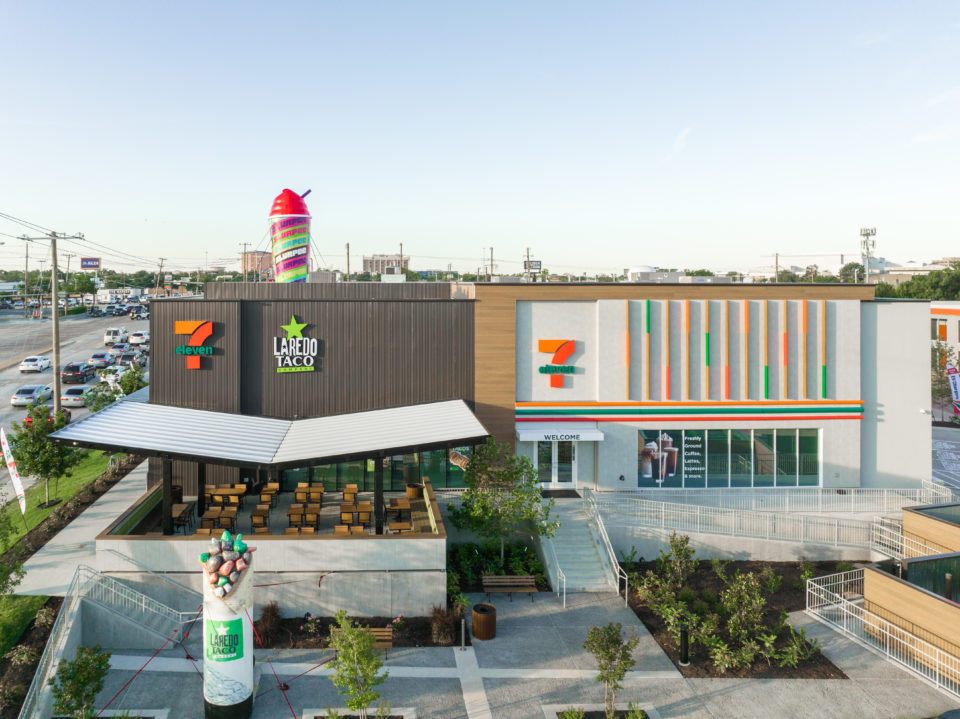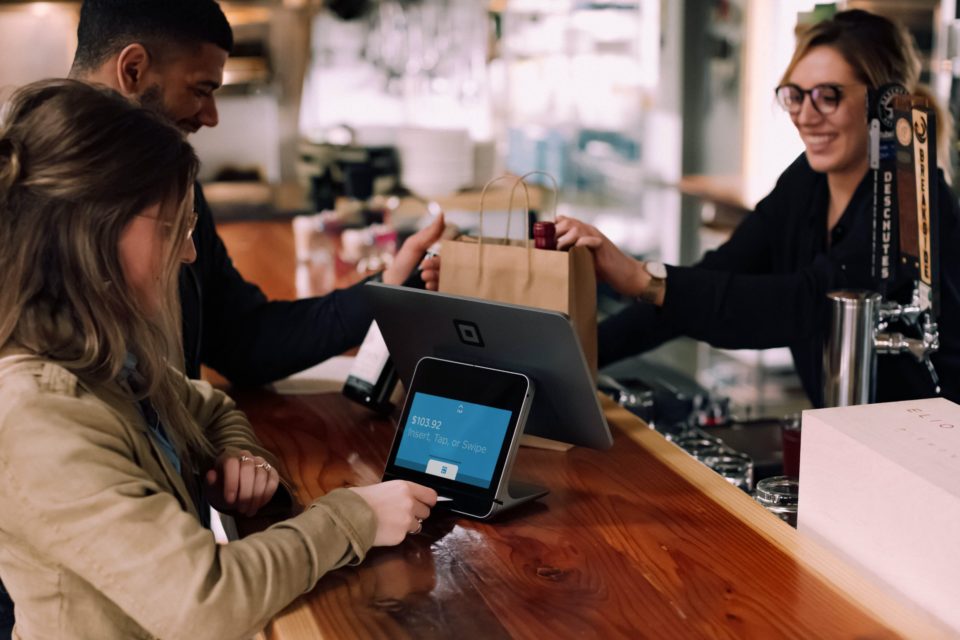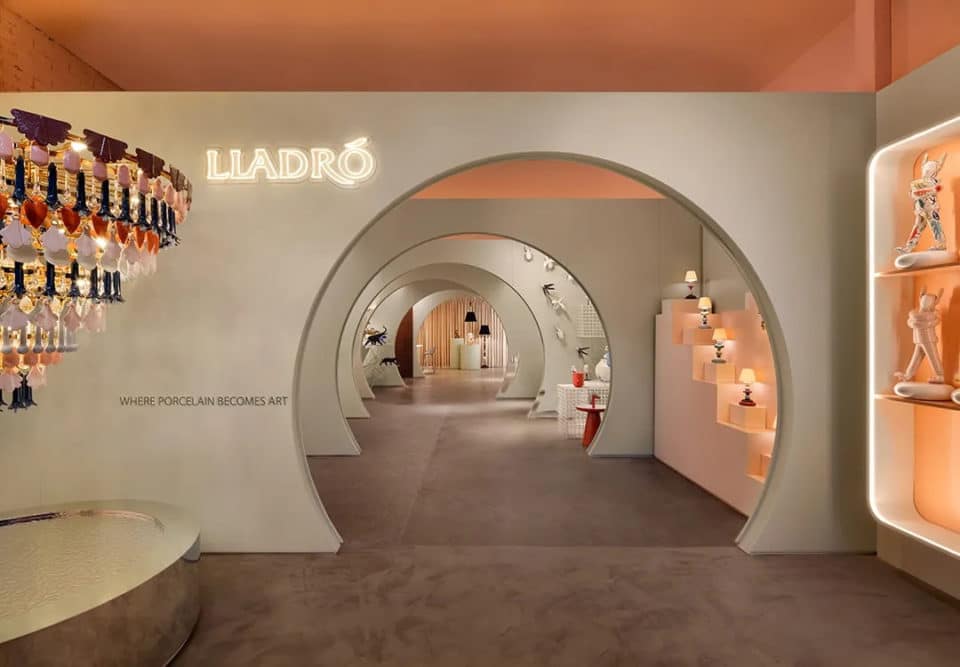Devil in the detail: JHP Design on approaching whole ecosystem retail design
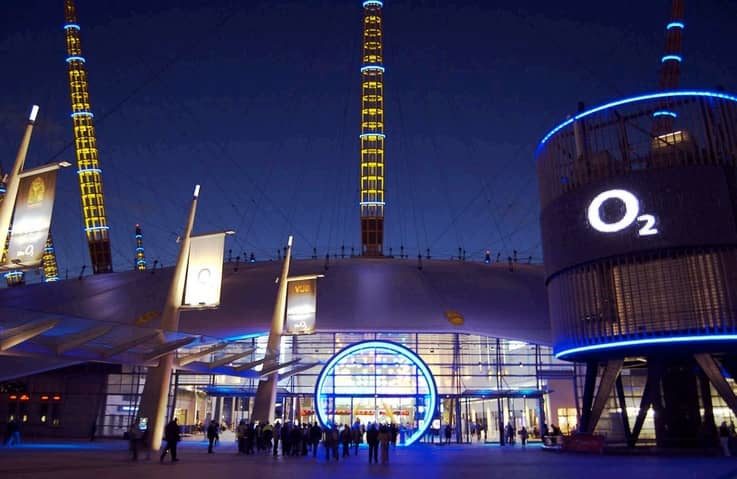
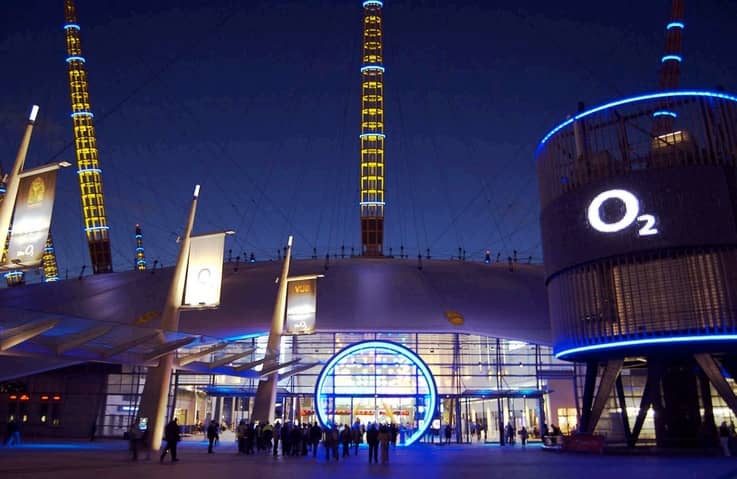
JHP ‘design everything and anything to do with retail’. This doesn’t just mean the stores, buildings and interiors, but also what the staff say and wear, brand imagery, packaging and more.
Established in 1979, the company operates throughout the world working on a huge array of projects, from department stores to high streets to shopping centres. We spoke to Steve Collis, strategic director, about some of the company’s most innovative and interesting projects, experience in retail and just what the Cinderella protocol is:
Can you tell me about JHP Design?
We’re a multidisciplined agency working in the retail sector – we fill in the world between architecture and advertising. We have a team of around 30 people with a studio in London and a studio in Seoul. We work on projects all around the world, from small jobs to multi-million projects.
Unlike a lot of our competitors around the world, we do all sorts of retail projects. We do everything from hospitality through to picking up a can of beans in the supermarket, and there was a point where we were working for Aldi and Armani at the same time.
We think of ourselves as a Stephen Spielberg style-agency, working on a wide range of projects that you won’t be able to recognise as all being by us. That’s the fundamental thing – if somebody says to me ‘I saw a job yesterday that looked like one of yours’ then we have failed. It should not look like what we want. It should look like whatever is the right way of solving the client’s problems in lifting their lives up and helping them sell more. That is what we exist to do.
Within the business, our disciplines include anything connected to the overall experience of the consumption process. We’ll touch into all of it from strategy and helping develop branding, to the environment and collateral, sometimes even down to the product.
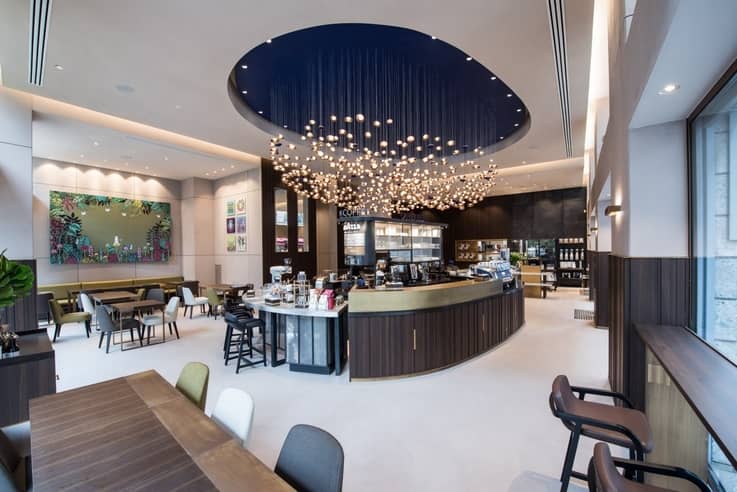
Are you more innovative because you work in so many areas?
It is much harder to sell a bunch of bananas in an Austrian supermarket or a convenience store in the UK than it is to sell a posh Prada bag. There’s lots of refinement of the detail in luxury stores but you can do it, if you light it in the right way and the right punter with the right amount of money comes into the store then you’re off.
But bananas are tricky things. They’re not all the same shape and size, so how do you make them look beautiful and matched and colourblocked and so on. Is there more desirability to work in a world of luxury than there is in commodity? Not necessarily as they are all fascinating problems to be solved.
We did a project with a very large Italian coffee company where we were talking about what’s going to be the fourth generation of coffee companies. The first one was glass cups for frothy coffee, back in the 50s. Then you have the second wave which is Starbucks and Nero and Costa and all that. Then the third wave are the specialist coffee companies. Now what’s the fourth wave?
I personally think the fourth wave will be if you’re good enough you don’t have to bang on about getting a bean from a certain place in Colombia. You just have to have it in a beautiful thing in a really cool environment.
Can you explain the Cinderella protocol?
Every brand has it. The Cinderella protocol is about where are you taken and who do you become? Cinderella got turned into a princess and was taken to the ball. Any good brand tells you that you are someone and takes you there. With Burberry you’re buying into being Kate Moss at the best London party hinting at the 60s because the photography is in black and white. They tell you you’re a model and they take you to the catwalk. Good British menswear retailers tell you you’re Bond and give you a room full of kit.
We used to work for shoe brands who would have this amazing imagery on the walls of girls and these fabulous heels on the arm of a guy whose face you couldn’t see, so you can project your own fantasy on it. Buy the shoes, be that girl, that’s the messaging.
We always look at what’s the message, what’s the story. Can we actually tell from what we’re designing who we are telling our customers they are and where we’re taking them and where if they buy this product they will be in their life? What dreams are we fulfilling?
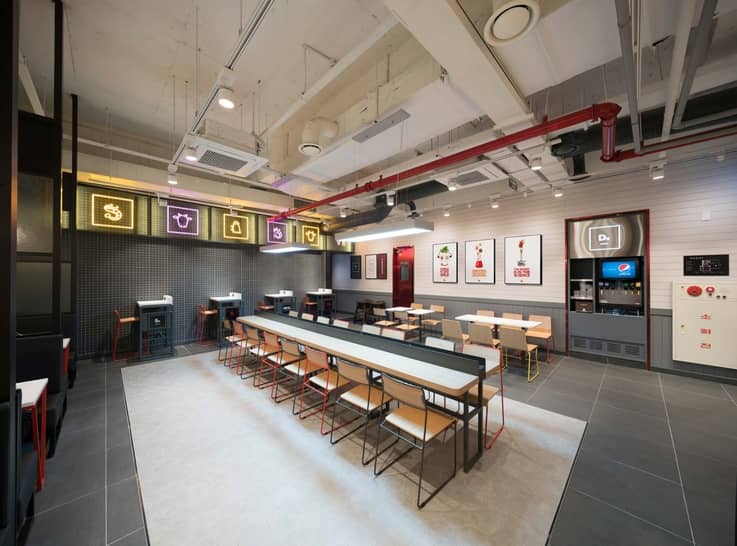
Can you tell me more about the Burger Laboratory project?
The company is part of the Lotteria Corporation, it’s one of the largest retailers in the world. About seven years ago we did a project with them called The Scarlet Diner, which was a really cool and modern representation of their existing burger system. The Burger Laboratory in Seoul is a brand new concept which is all about your food being made live in front of you to your specifications. It’s made incredibly quickly and you can see it happening. We won the Design Effectiveness and Innovation award at the International Food & Beverage Awards this year for it.
In Asia you’ve got to have an angle. So the whole environment is laboratory themed, but not overly so. We designed all of the packaging, the communications and in-store ads. There are references to the periodic table around the walls, digital ads that have flames which are the same shape as chilies coming out at the top of a Bunsen burner, democratic tables where people sit and where you’d normally have the Bunsen burner outlets you get all the sockets for laptops and tablets.
You can order on screens when you get there, but most people order from the app on their phone on the way, so the guy is there ready to make the burger when you get to the counter. The store geotracks you inversely, so as people are getting closer to the store they can see them. If they stop they’ll stop the preparation process. When they get within 10 metres they get the ingredients out for when they come in the door.
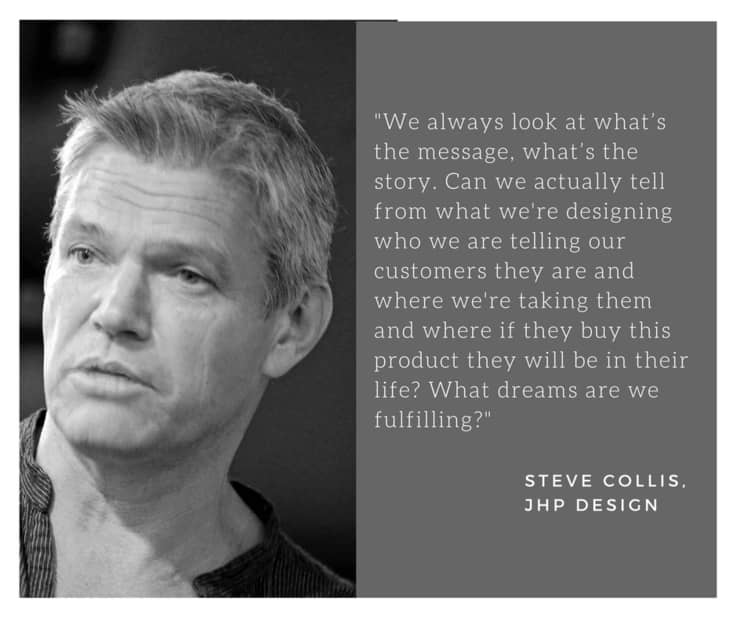
What was the thinking behind the scientific design?
The idea was just that it’s completely assembled to your instructions. It’s men in white coats behind the counter putting it all together for you, and you can experiment of course. You can ask them to put things together that nobody has ever done before.
The name actually comes from a quote from Food Illustrated by Waitrose which said that in response to an explosion of casual dining and conversations about the horrors of fast food, that the fast food industry adopted the approach of the discount food retailers and got vertically integrated. It said that they have thrown open the laboratory doors so you can come inside and see how well sourced and well prepared it is.
It was that term of throwing open the laboratory doors which seemed to fit perfectly with the strategic side of the concept.
The point about how fast food is responding is an interesting one. American families and Korean families spend more on eating out now per year than they do on groceries. Part of the reason people are doing that globally is that before if you went out for a family type meal you’d either go to a very good quality place with good ingredients and find it very expensive, so it was cheaper to eat at home, or you’d eat fast food that everyone thought was junk.
In come Pizza Express, Chipotle, Yo Sushi, Pret a Manger – there are hundreds and hundreds of really good casual dining brands. If you run the numbers if you ate as a family at one of those each evening during the week and then compared the cost to that of your groceries, and the odd night where you both work late and the stuff gets thrown in a bin that that you bought on your big shop, it’s not far off which is why this change has happened.
What makes Aldi and Lidl successful is not because they’ve got cheap stuff that’s not very good, it’s because they limit their range. Their range is down to one type of ketchup, one type of orange, but the one they have will be really good. If you look at Five Guys, it’s sourcing of its beef, buns, its own peanut oil is superb quality. It is very well made. But you don’t get dozens of choices on the menu, it’s focused. The point about the Burger Laboratory is it does just that, so what you’re getting is very good and very well sourced.
Are you working on any other notable projects?
We’re working with ADG group in Russia to help convert 39 historical cinema complexes into community-based retail and leisure centres. It’s a new locally focused shopping centre concept for the country. Between them they’ll serve the entire local population in Moscow. More than 46% of Moscow inhabitants do not leave their neighbourhoods at all, so the centres will be important local hubs for products and services.
The new centres will have a mix of digitally connected and experiential retail, leisure and cultural activities, so sports retailers will offer sports classes, bands will provide financial services and beauty retailers will offer make-over sessions. The first spaces should open next year.
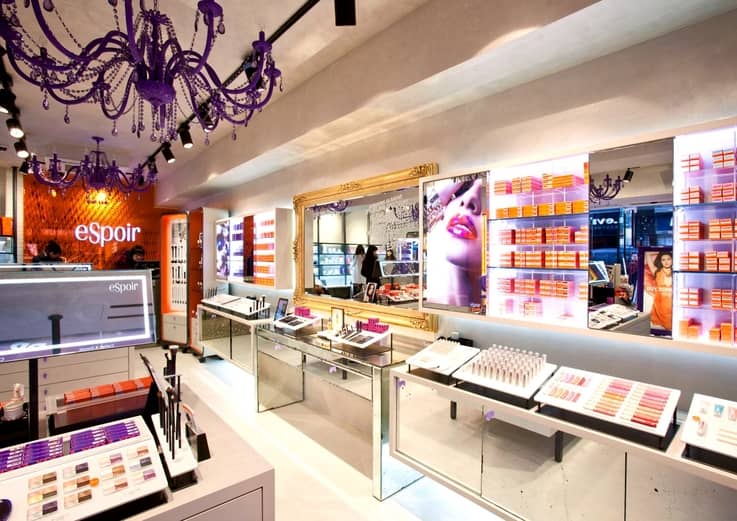
What are your thoughts on the importance of experience in retail?
For me it’s always been fundamental. There’s nothing particularly new about it, the best people haven’t always had to do it, but a lot of the best people have always done because they knew it was a good thing to do. Gordon Selfridge right when he opened Selfridges had seismographs in the basement, he had dancing girls in the main lobby to the store, he had Amelia Earhart’s plane hanging up. He did all of that back then.
We actually worked on the huge repositioning for Selfridges. They raised hundreds of millions of pounds to refurbish the place, or they were going to close the store down and just have the ground floor open as shop units to the high street and have offices above.
They said is there a role for a department store anymore? And we all sat around and said ‘why don’t we have integrated campaigns in here? You’ve got to have a reason to come every week, not just a place full of stuff.’ You should have new product launches and developments, and if it’s Brazil week then we have a Brazilian footballer in the sports department and he can kick goals with the kid; in the cosmetics area we’ll all get made up for carnival etc.
It gets to the point where you think ‘what shall we do on Saturday? I know let’s dress up and go to Selfridges, because there’s always something exciting and interesting going on.’ That’s a classic experiential model.
Some people think experiential is to stick in a couple of digital screens and some new mannequins. That’s not an experience, that’s a catwalk show on a television and another way of displaying product. We’re working on a couple of projects at the moment where the landlords of properties are saying to tenants if you want to be in our new centre, we want experiences – we want yoga and spin classes, poetry workshops, electronics gurus etc. You end up with this world that isn’t just the stuff for sale. What you get when you get all that going got on is that people have to go down there and of course the sales go through the roof.
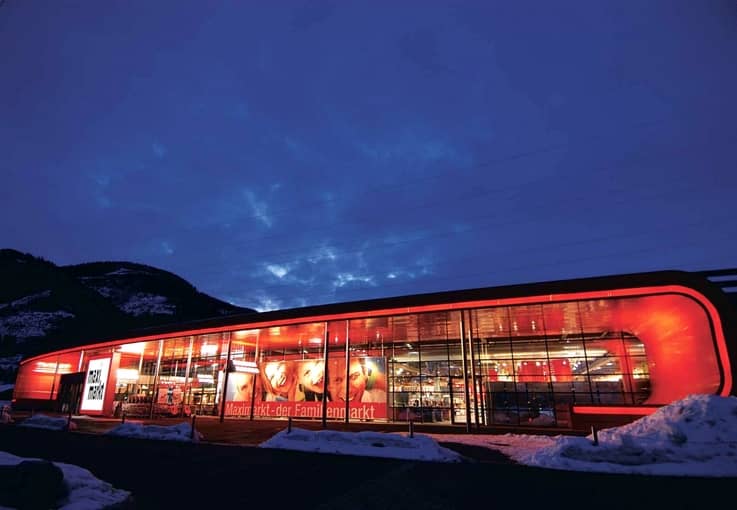
Are there any other trends you see happening in retail?
We find ourselves doing a lot more stores that aren’t really there necessarily to make a profit, in terms of ‘I’ve rented this space I need to sell this many packets of X to make a margin’.
Many years ago Peroni opened a store on Sloane Street in between Prada and La Perla, which had this beautiful shopfront and inside this clean white space was one small table with a bottle of Peroni on and a man in a dark suit standing next to it. What that was was an ad. It was an advertising thing to talk about that it’s Italian and stylish. In terms of effectiveness that’s a huge investment to have one street where some people might walk past and see this one bottle compared with putting that money into a TV ad which thousands and thousands would see. It was all a bit daft. But the world has changed with social media and our phones.
So we are finding ourselves often being asked to design physical spaces which are part of the marketing communications chain. Customers may never have been to the physical place, but its existence is right there with them through communication all the time.
Find out what these retail experts has to say about the future of retail design. Plus get our top tips on improving your visual merchandising.
If you want more content like this, or to keep up with the latest retail trends, click here to join our community.

